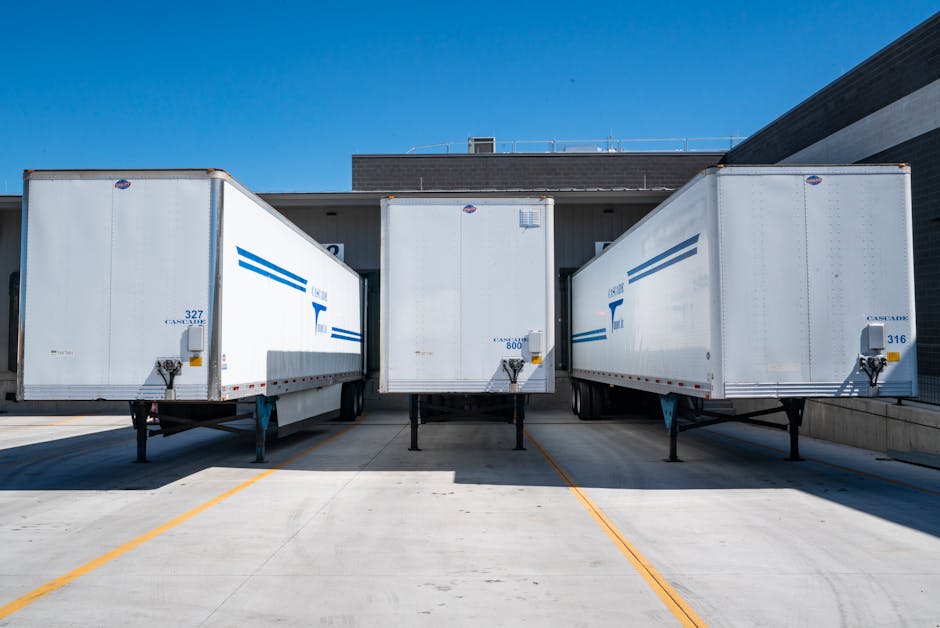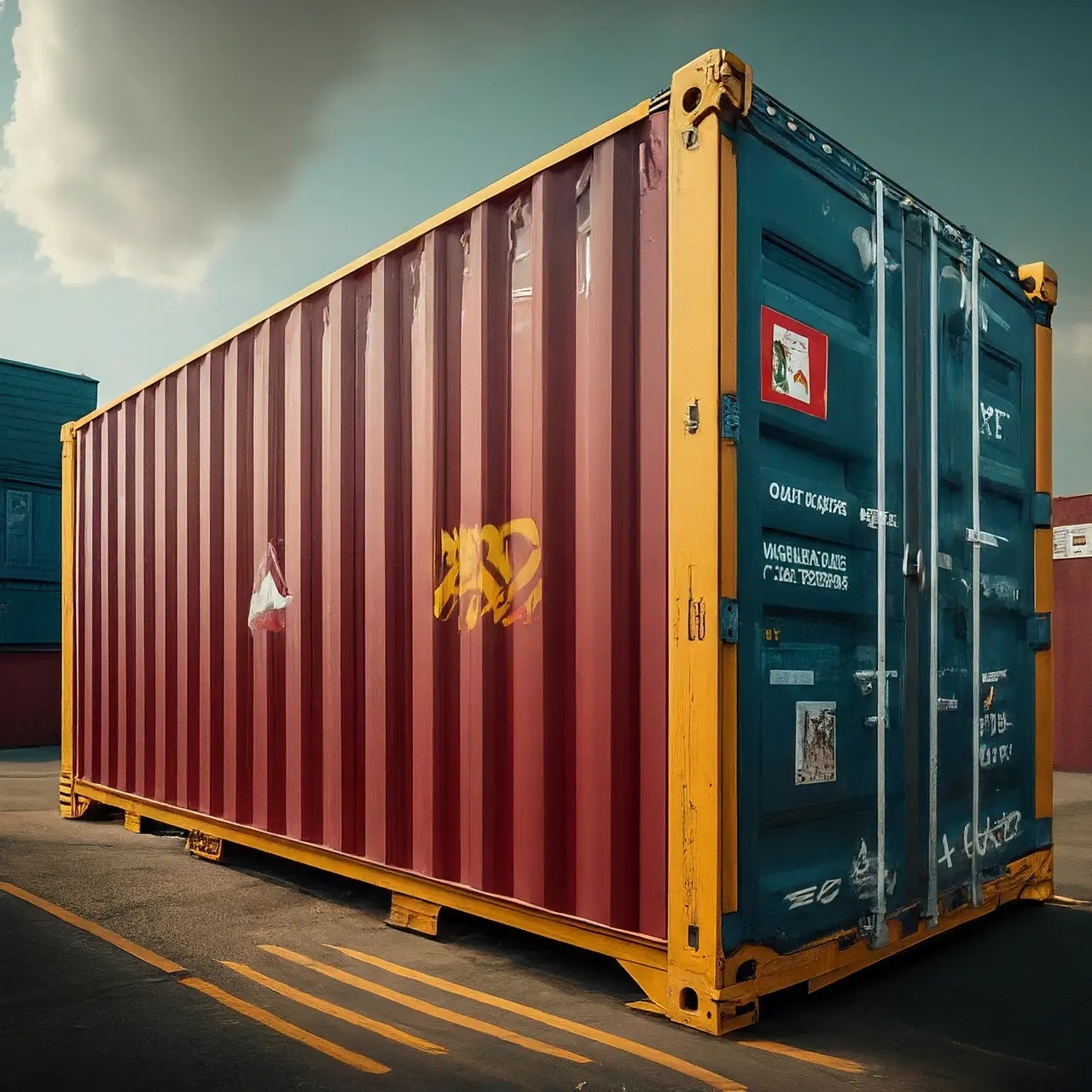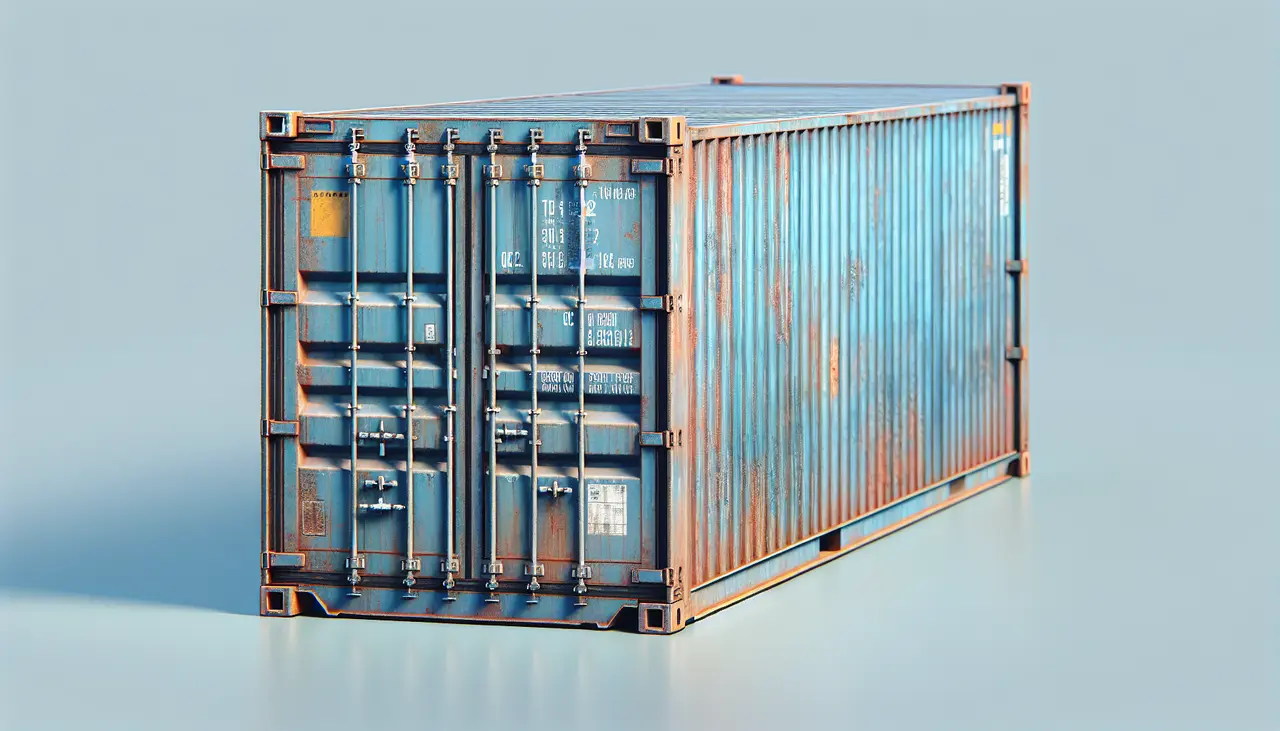
Dive into the world of trailer landing gear, an unsung hero of the road that keeps commerce moving smoothly. Discover the ins and outs of this crucial component, ensuring your trailer is always ready for the journey ahead.
What is Trailer Landing Gear?
At its core, trailer landing gear is a retractable system designed to support the front of a semi-trailer when it’s not attached to a tractor. This gear is crucial for loading, unloading, and stable storage, preventing the trailer from tipping forward. It consists of a pair of strong, adjustable legs with a mechanism for raising and lowering them, ensuring the trailer remains perfectly level regardless of the terrain.
Historically, the concept of supporting a heavy load independently has evolved from simple wooden blocks to the mechanically advanced systems we see today. These systems boast a wide range of features, including manual and electric operations, to accommodate the heavy-duty demands of modern logistics and transport industries.
Types of Trailer Landing Gear
Trailer landing gear comes in two primary types: single speed and two speed. Single-speed gear, simple in design, is best suited for lighter loads and offers straightforward operation. On the other hand, two-speed landing gear excels in versatility, providing two gear ratios. The high gear allows for quick, less strenuous movements, while the low gear offers increased mechanical advantage for lifting heavier trailers, showcasing the innovation in trailer equipment.
Additionally, there are specialized systems for different trailer types, including drop-frame, heavy-duty, and pneumatic options, highlighting the industry’s commitment to catering to all kinds of cargo needs.
Key Features to Look For
When selecting trailer landing gear, durability and load capacity are paramount. A robust construction ensures longevity in harsh conditions, while a high load capacity guarantees it can support your trailer’s weight. Ease of operation is another vital feature, with self-lubricating mechanisms and ergonomic handles making a big difference in day-to-day use.
Corrosion resistance is also key, as landing gear often faces exposure to inclement weather and corrosive materials. Look for gear made from materials like high-grade steel or those with protective coatings for added longevity. Lastly, consider the compatibility with your trailer type to ensure a seamless fit and operation, tailoring your choice to meet your specific needs, enhancing safety and efficiency on the road.
Steps for Safely Lowering and Raising Your Trailer
Safety is paramount when lowering and raising your trailer. Before engaging the landing gear, ensure your trailer is parked on stable, level ground to prevent shifting. Engage the brake system to keep the trailer stationary during the adjustment. If you’re raising the landing gear, turn the crank in the designated direction until the legs are fully retracted. Conversely, to lower, turn the crank the other way until the legs touch the ground and support the trailer’s weight securely.
Always visually inspect the landing gear before and after operation for any signs of wear or damage. This precaution helps prevent accidents and ensures the integrity of the gear over time. If equipped with a two-speed system, remember to switch gears depending on whether you’re lifting or lowering the load to leverage the mechanical advantages efficiently.
It’s crucial to educate all operators on these steps to foster a safe working environment and ensure the longevity of the trailer landing gear. Regular drills and training can reinforce best practices and keep safety at the forefront of operations.
Maintenance Tips for Long-Lasting Use
Routine maintenance is the cornerstone of ensuring your trailer landing gear remains in optimal condition. Regularly clean the gear to prevent the buildup of dirt, debris, and corrosive substances that can impair its functionality. Applying high-quality lubricants to moving parts ensures smooth operation and protects against wear.
Periodic inspections by qualified personnel can identify and address potential issues before they escalate into costly repairs. Replace any worn or damaged parts immediately to maintain the structural integrity of the landing gear. Moreover, keeping an accurate maintenance log can help track the gear’s condition over time, planning for replacements or upgrades as necessary.
Understanding the nuances of trailer landing gear can significantly impact your transportation experiences. Whether you’re a seasoned hauler or a newcomer, mastering the setup, types, maintenance, and safety of your trailer’s landing gear lays the foundation for efficient and secure loads, anchoring your adventures on the road.
Choosing Delta Mark for your trailer landing gear needs ensures you’re partnering with a company committed to quality, reliability, and innovation. With a proven track record in the industry, Delta Mark offers robust and durable landing gear solutions that enhance the safety and efficiency of your operations. Their products are engineered to withstand rigorous use, providing peace of mind with every haul. Additionally, Delta Mark’s customer service is unparalleled, ensuring you receive expert guidance and support from selection to installation and beyond. Opt for Delta Mark to experience top-notch performance, exceptional durability, and a team dedicated to your satisfaction. Contact us today!



